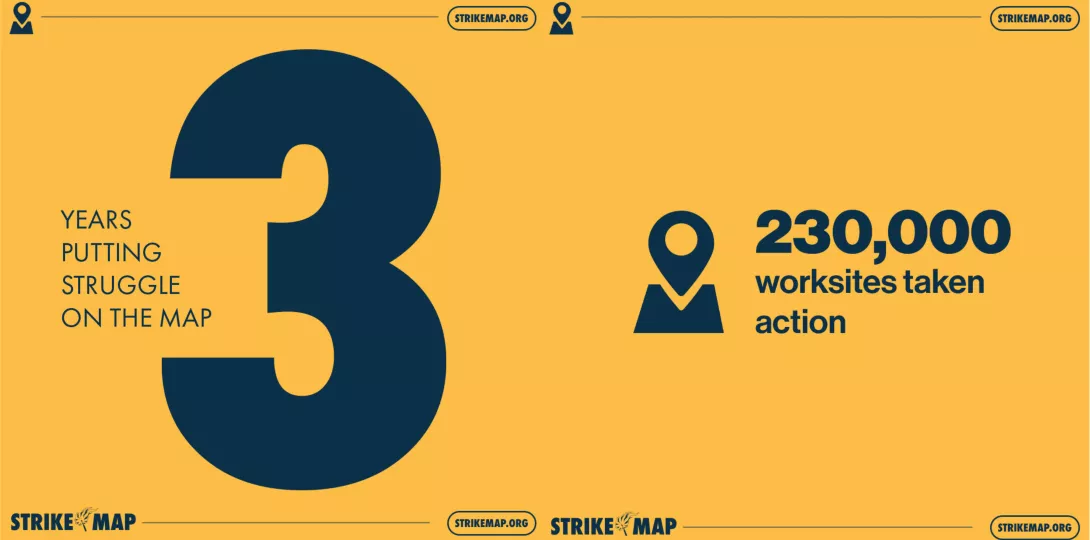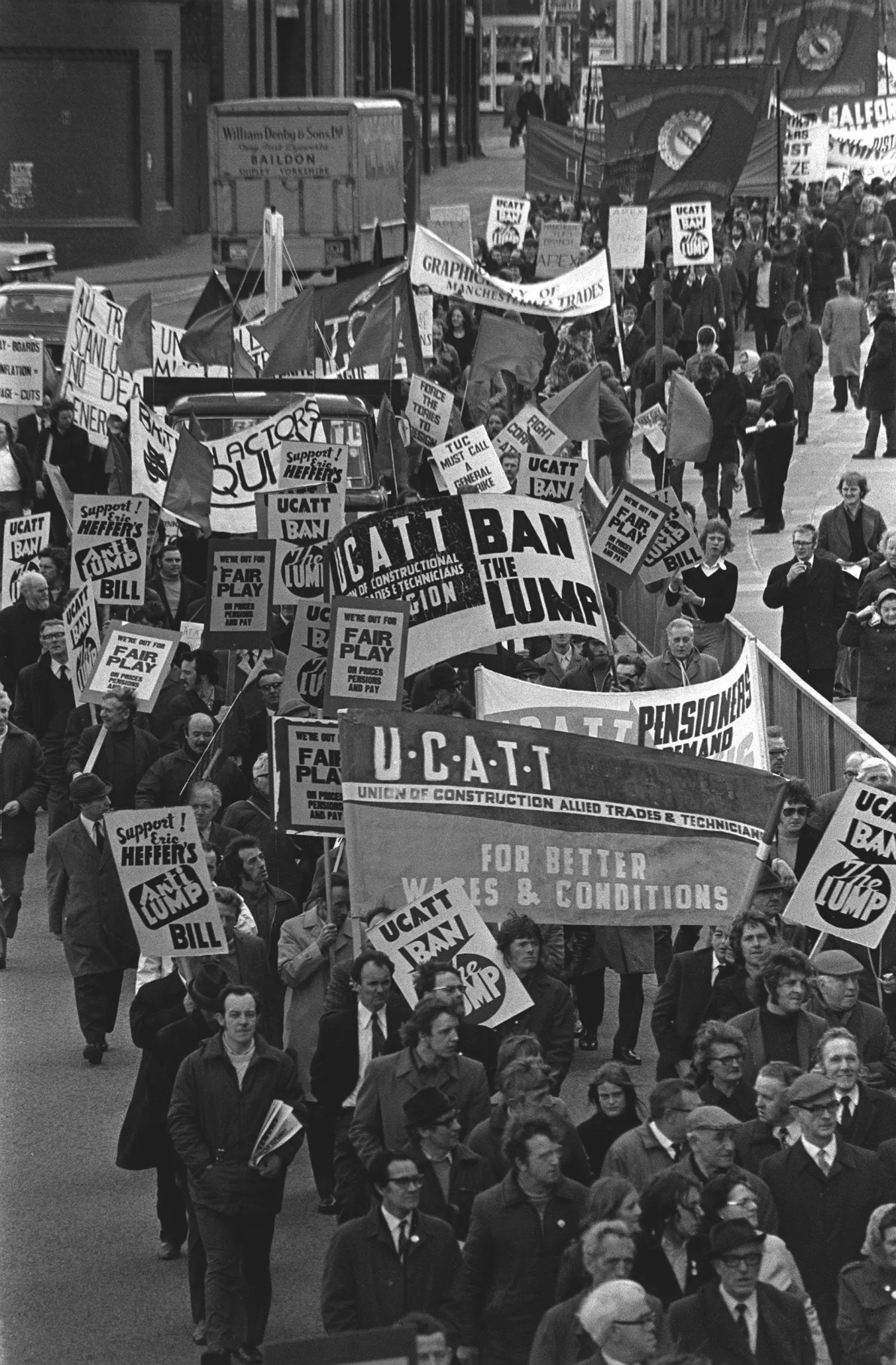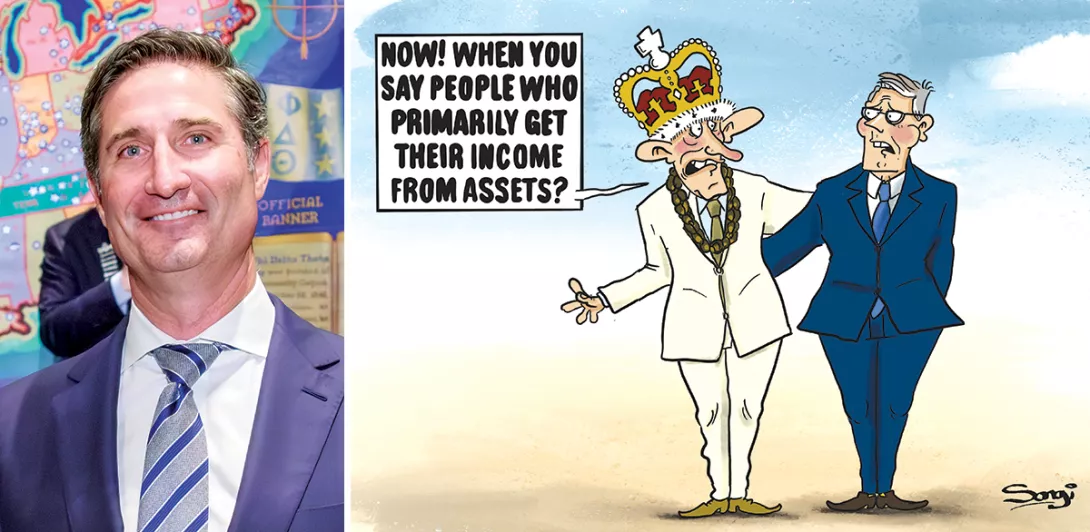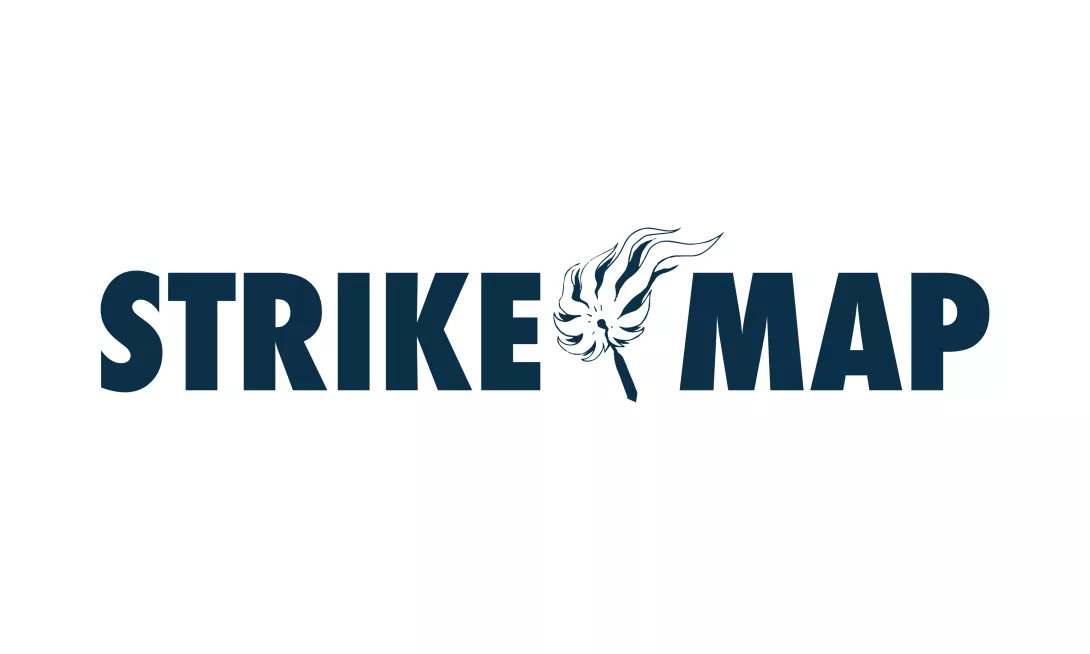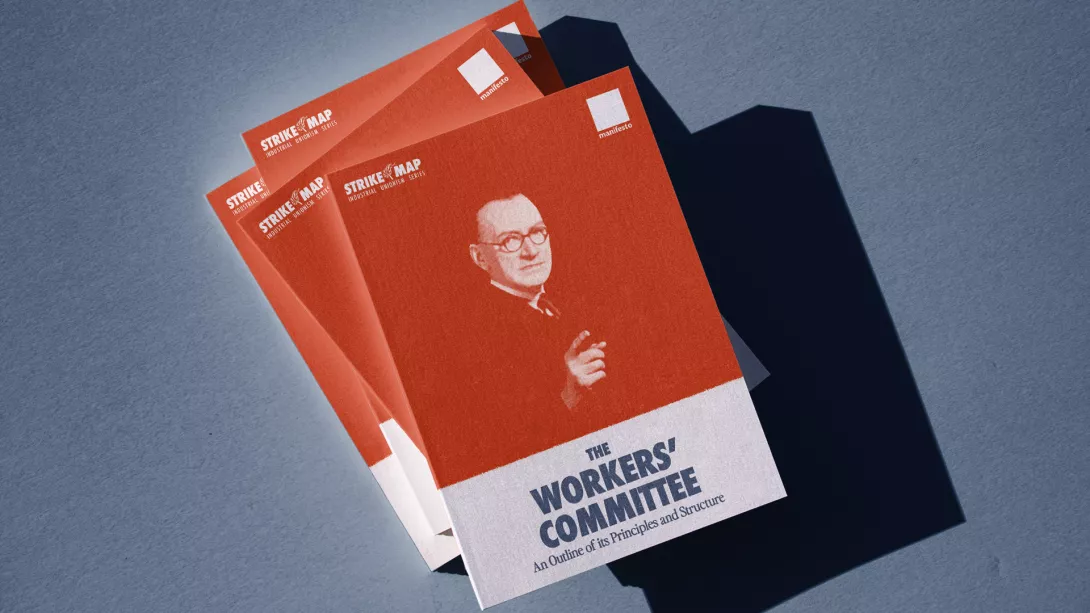
STRIKE MAP is to be commended for republishing the 1917 pamphlet The Workers’ Committee written by JT Murphy, one of the leading worker-intellectual figures of the militant first world war National Shop Stewards and Workers’ Committee Movement. There is much of relevance for today.
Grounded on the practical experience of wartime engineering struggles, Murphy’s pamphlet argued that a permanent tension existed between the interests of trade union officials and those of rank-and-file workers, with the former living remote from the shop floor and subject to different pressures.
But going beyond the critique of trade union bureaucracy that had been made in the pre-war syndicalist-influenced The Miners’ Next Step (published by the Unofficial Reform Committee within the Miners’ Federation of Great Britain), it expounded the theory of workplace-based independent shop stewards’ organisation that could counteract full-time officials’ generally conservative restraining influence.
The pamphlet, which became the chief theoretical statement to emerge from the national shop stewards’ movement, sold over 150,000 copies.
It described and advocated the establishment of Workshop Committees composed of shop steward delegates from each section of a workplace that would represent all workers irrespective of demarcations of occupation/grade and/or competing union affiliations.
They could render trade union machinery more responsive to the needs of workers, facilitating the construction of a new industrial and solidaristic unionism from below, unlike the way unions split up groups of workers and maintained sectional distinctions between them.
Each individual workshop committee would elect representatives to an overall works committee, that could provide coherent leadership for the workplace, as well as to a local geographical workers’ committee, composed of shop stewards’ delegates from many different workplaces within individual towns across the country (in engineering this included Sheffield, Manchester, London and on the Clyde).
And in turn, these workers’ committees were to be connected to different national industrial committees (extending beyond engineering) and then to a national workers’ committee that could co-ordinate an all-encompassing class-wide movement of workers generally, eventually superseding fragmented official trade union structures by transforming itself into an “industrial union” (or “One Big Union” departmentalised by sector).
A crucial defining feature of the militant wartime Shop Stewards' and Workers’ Committee Movement that developed was the way it was able not only to mount pressure on bureaucratic union officials who acted as a break on workers’ struggles, but also to organise action unofficially and independently of them when necessary, effectively walking on two legs, both within and outside existing union structures on an official and unofficial basis.
After the war, influenced by the 1917 Bolshevik revolution, Murphy’s pamphlet helped point to how the workers’ committees could potentially take over vital elements of power and authority from employers and the state by beginning to act as alternative organs of working-class power, thereby ultimately becoming revolutionary weapons for the overthrow of capitalism and its replacement by workers’ control of industry.
Of course, there were important disparities between the principles outlined in Murphy’s pamphlet and the actual practice of the engineering-based Shop Stewards and Workers’ Committee Movement.
However, arguably its pioneering attempt to devise means of counteracting the in-built limitations of union officialdom, of encouraging the development of industrial forms of union organisation and a class-wide movement from below, remain of enduring historical significance, as well as contemporary relevance notwithstanding the completely changed economic, social and political circumstances, and much weaker workplace trade union organisation, of today.
Certainly, two significant elements of the 2022-23 strike illustrate the enduring connection.
On the one hand, there have been the limitations of official trade union strategies of intermittent “stop-start” days of strike action over a prolonged period, relative lack of co-ordination between unions, and ending of disputes for deals that fall well short of original demands and members’ aspirations, notwithstanding concessions granted.
On the other hand, we have seen embryonic rank-and-file networks of militant activists in some unions attempting to act as a counterweight to national union leaders, such as NHS Workers Say No (who played a crucial role in leading the campaign to overturn the RCN leadership’s recommendation of a poor deal), UCU Solidarity Movement, Educators Say No, and others.
And there have been some limited broader rank-and-file cross-industry, cross-union initiatives to foster solidarity and share organising experiences to help win disputes and build/strengthen workplace union organisation more generally (with conferences called by the NSSN, Troublemakers, Rank-and-File Combine, and Workers’ Summit).
Obviously, much more firmly rooted militant rank-and-file bodies in specific unions and industries, and a broader class-wide movement, cannot be just summoned into existence based on a 106-year-old historical model, notwithstanding the significant upturn in workers’ struggles over the last 18 months.
But it is possible and necessary to encourage grassroots initiatives that can develop the potential to become serious forces of opposition, help drive disputes forward and lay the basis for further advances in cross-union/industry forms of organisation.
Ralph Darlington is emeritus professor of Employment Relations at the University of Salford and author of Labour Revolt in Britain 1910-14 (Pluto Press).
The new edition of The Workers’ Committee by JT Murphy is available at www.bit.ly/WorkCMT.
